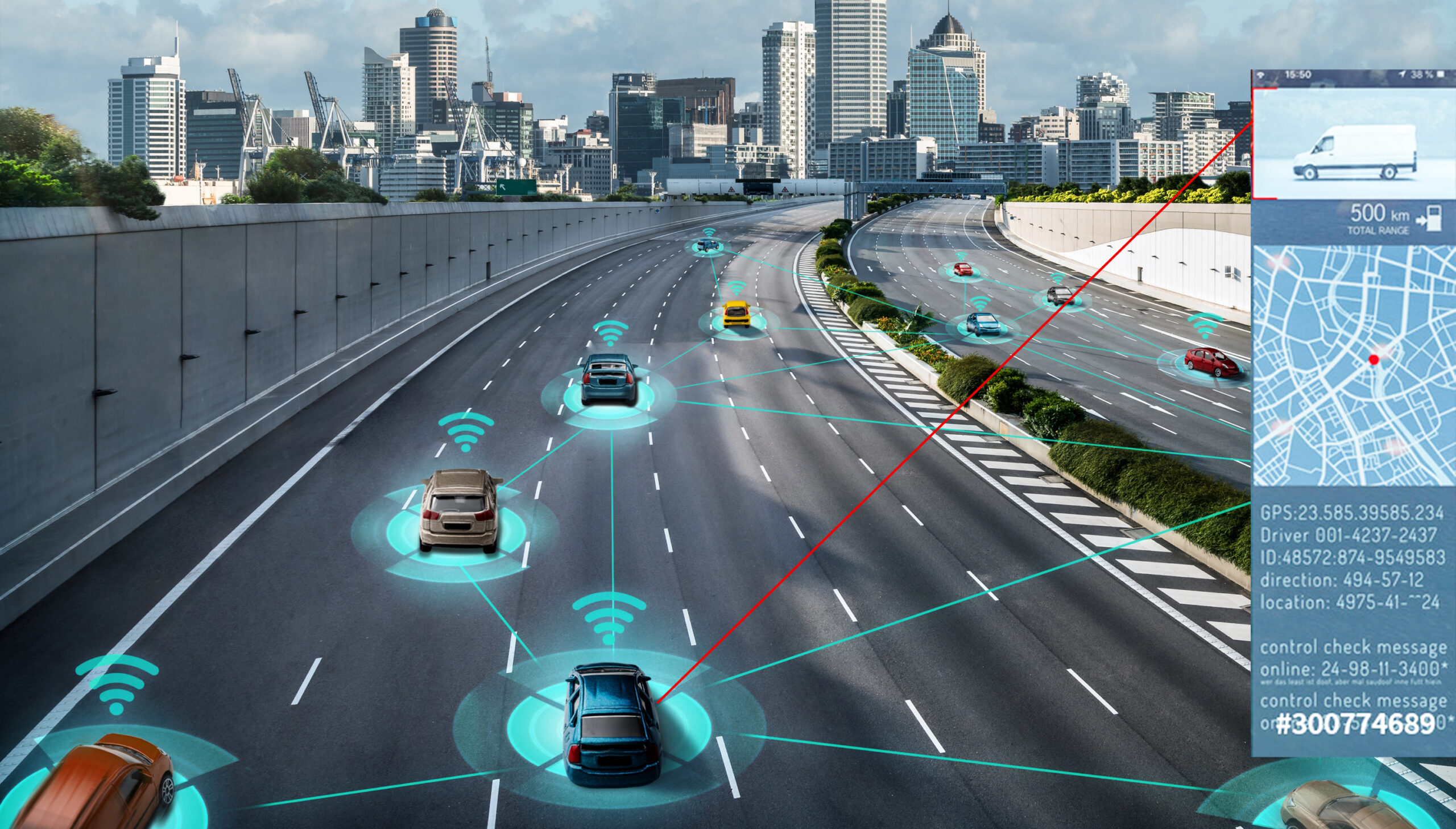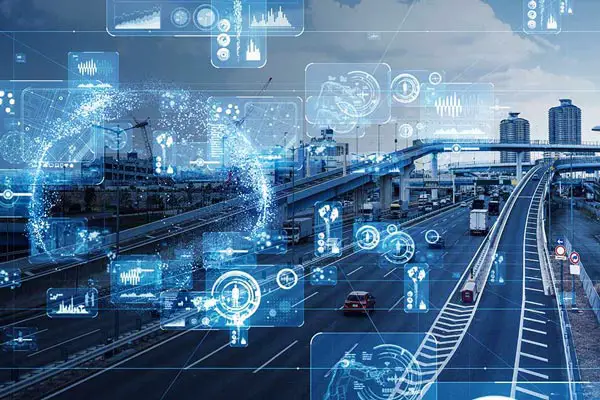How AI is Shaping the Future of Transportation

(Executive Summary)

The increasing significance of Artificial Intelligence (AI) is transforming various industries, including the transportation sector. This article explores the potential of AI technologies, particularly in reshaping the future of transportation. Several subtopics highlight the capabilities and applications of AI in this domain, including autonomous driving, smart traffic management, predictive maintenance, passenger experience, and logistics optimization. By providing a comprehensive overview, this article seeks to inform and inspire readers about the transformative impact of AI in the transportation sector.

Introduction
AI is revolutionizing transportation systems across the globe. From self-driving vehicles to intelligent infrastructure, the integration of AI is leading to significant advancements in efficiency, safety, and sustainability. As a key driver of innovation, AI is shaping the future of transportation and reshaping how we move people and goods.
Frequently Asked Questions (FAQs)
Q1. How does AI contribute to improving safety in transportation?
A: AI enhances safety through autonomous driving, predictive maintenance, and real-time traffic monitoring, reducing the likelihood of human error and improving overall road conditions.
Q2. What is the role of AI in optimizing passenger experience?
A: AI enhances passenger experience by providing personalized travel recommendations, seamless ticketing, and AI-powered virtual assistants for support and information.
Q3. How does AI help in optimizing logistics and supply chain management?
A: AI automates tasks, optimizes routes, and predicts demand patterns, leading to increased efficiency, reduced costs, and improved delivery times in logistics and supply chain management.
Top 5 Subtopics Transforming Transportation with AI
Autonomous Driving
- Self-Driving Vehicles: Vehicles capable of operating without human input, leveraging AI for navigation, obstacle detection, and route planning.
- Advanced Driver-Assistance Systems (ADAS): Enhance driver safety by providing alerts, automated braking, and lane keeping assistance.
- Ride-Sharing Services with Autonomous Fleets: Offer convenient and affordable transportation options, optimizing vehicle utilization and reducing traffic congestion.
- Autonomous Shuttles and Delivery Vehicles: Provide efficient and environmentally friendly transportation for short distances or specialized delivery services.
- Ethical Considerations: Address concerns related to safety, liability, and job displacement associated with autonomous driving.
Smart Traffic Management
- Real-Time Traffic Monitoring and Prediction: AI analyzes traffic patterns using sensors and data analytics, providing real-time information and predicting future traffic conditions.
- Adaptive Signal Control: Adjusts traffic signals based on real-time traffic flow, optimizing intersection efficiency and reducing congestion.
- Dynamic Route Planning: Provides optimal route recommendations to drivers, considering traffic conditions, road closures, and other factors.
- Integrated Public Transportation Systems: Optimize schedules and connections between different modes of transportation, improving accessibility and reducing travel times.
- Smart Parking Management: AI-powered systems guide drivers to available parking spots, reducing search times and enhancing parking efficiency.
Predictive Maintenance
- Condition Monitoring and Diagnostics: AI algorithms analyze data from sensors to identify potential issues in vehicles or infrastructure, enabling proactive maintenance.
- Predictive Analytics: Forecast component failures and maintenance needs based on historical data, usage patterns, and external factors.
- Extended Vehicle and Infrastructure Lifespans: Proactive maintenance reduces the likelihood of costly breakdowns, extends the lifespan of vehicles and infrastructure, and improves safety.
- Remote Monitoring and Repair: AI-enabled systems allow remote monitoring of vehicles and infrastructure, facilitating timely inspections and repairs, reducing downtime and costs.
- Smart City Infrastructure Management: AI monitors and optimizes energy usage, lighting, and traffic flow in cities, improving overall efficiency and reducing environmental impact.
Passenger Experience
- Personalized Travel Recommendations: AI provides customized travel options based on preferences, travel history, and real-time data.
- Seamless Ticketing and Boarding: AI-powered systems enable mobile ticketing, automatic fare adjustment, and quick boarding processes.
- AI-Powered Virtual Assistants: Provide support, information, and tailored recommendations to passengers throughout their journey.
- Enhanced Accessibility: AI-driven solutions improve accessibility for passengers with disabilities or special needs, ensuring inclusive and equitable transportation.
- Data Privacy and Security: AI systems protect sensitive passenger data by implementing robust encryption and security measures, ensuring privacy and data integrity.
Logistics Optimization
- Automated Inventory Management: AI uses algorithms to predict demand patterns, optimize inventory levels, and reduce storage costs.
- Route Optimization: AI analyzes factors such as traffic, weather, and vehicle capacity to compute the most efficient delivery routes.
- Smart Warehousing and Distribution: AI enhances warehouse operations through automated storage systems, pick-and-pack optimization, and real-time inventory tracking.
- Predictive Logistics: AI forecasts future demand, allowing suppliers and logistics providers to anticipate needs and adjust operations accordingly.
- E-Commerce Integration: AI empowers seamless integration between e-commerce platforms and logistics systems, improving order fulfillment speed and accuracy.
Conclusion
AI technologies are transforming the transportation sector in myriad ways. From enhancing safety to optimizing passenger experience, AI is driving innovation and creating transformative solutions for the future of transportation. The aforementioned subtopics highlight the capabilities of AI in revolutionizing autonomous driving, optimizing infrastructure, predictive maintenance, enhancing passenger experience, and streamlining logistics. As AI continues to evolve, we can expect even more groundbreaking advancements in transportation, reshaping how we move people and goods in years to come.
Keywords
- Artificial Intelligence (AI)
- Autonomous Driving
- Predictive Maintenance
- Passenger Experience
- Logistics Optimization
